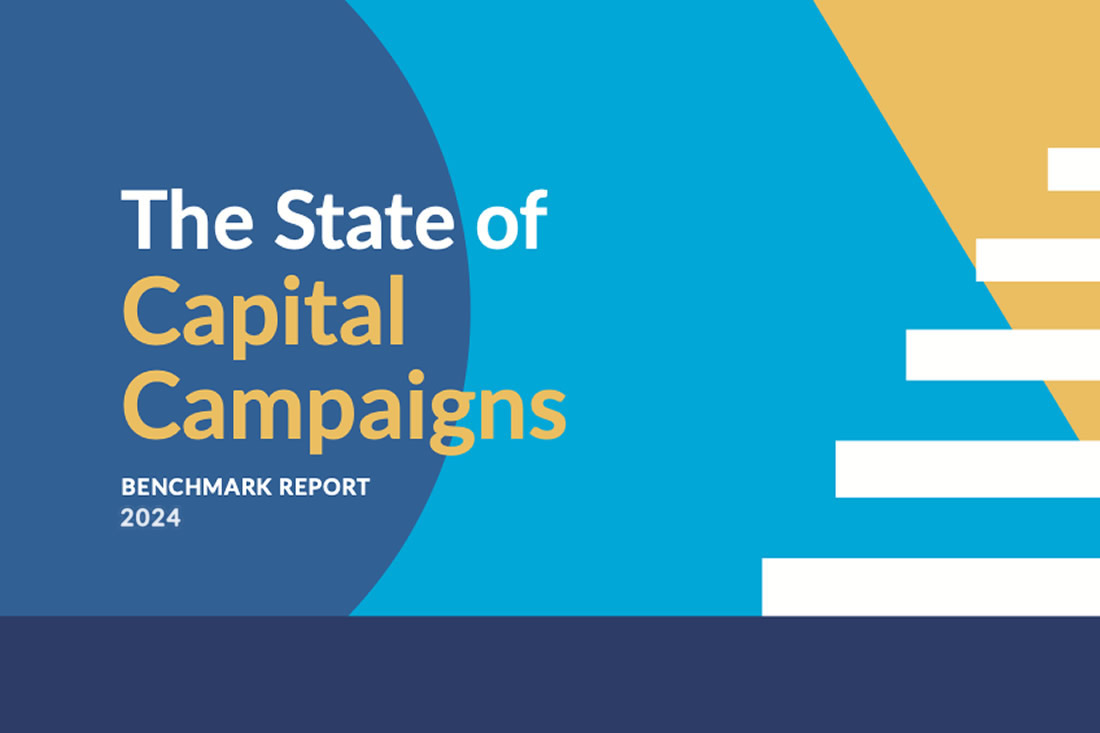Endowment and Your Capital Campaign: How Big Should Your Endowment Be?

Most capital campaigns include an endowment component in the money they want to raise. And discussions about endowment often lead people to ask the question:
How Big of an Endowment Should Your Organization Have?
That’s a difficult question to answer well. You might think that the answer would be, the bigger the better. But for most organizations without the alumni legacy power of places like Harvard, that’s probably not the right answer.
First, let’s get clear on the terms.
What I’m talking about is not really “endowment” in the strict sense of the word. Real endowments are restricted by the donor in the terms of the gift. What most organizations would like to have more of is a “quasi-endowment.” That’s a reserve fund restricted by the board that is treated as though it were endowed. That is, unless there’s an emergency, the organization doesn’t spend down the principle.
Now back to the question of how big your fund should be. You might think that bigger is better. But when your fund becomes too big, wise leaders might well ask if that money wouldn’t more appropriately be invested in furthering the mission immediately rather than sitting in the investment account.
Some people do think that in an ideal world, their organization would have a big enough fund so they don’t have to raise money every year to keep the organization going. While that may sound great, in practice it’s the kiss of death.
Active and effective fundraising pushes organizations to stay connected with their constituents. The process keeps them open and actively responding to their key stakeholders.
Free Download: The State of Capital Campaigns
This groundbreaking research into how capital campaigns are planned and executed by North American nonprofits sheds light on many of the common questions and myths surrounding campaigns, including the role endowment plays in campaigns.
A Simple Way to Determine a Goal for Your “Endowment”
Here’s my answer to the question of how big your endowment should be. Now, no one has ever accused me of being a math whiz. In fact, numbers seem to roam around my brain, sometimes reconfiguring themselves in strange ways that have little to do with reality.
In fact, in all the years of my capital campaign work, one of my most challenging feats was keeping campaign goals straight. Was it $1,500,000 or $2,250,000? $500,000 or $120,000,000? And I must confess to forgetting or confusing campaign goals more than once in my lengthy consulting career.
So when this morning, a client from years past sent me an e-mail telling me how he still appreciated and relied on the formula I had come up with for an organization’s endowment, it made me chuckle.
But chuckle or not, when I look at that formula again, it makes perfect sense as a place to start thinking about developing an endowment goal. And if these particular numbers make perfect sense to me, I guarantee they’ll make perfect sense to you.
How big should your organization’s endowment be?
It’s simple. It should be two times the amount of your annual budget.
- If your annual budget is $2 million dollars, your endowment should be $4 million.
- If your annual budget is $500,000, you should build an endowment of $1,000,000, and so forth.
Why?
Because if your endowment is twice your operating budget and if you take 5% of it out each year to spend on operations, you’ll be able to count on income from your endowment to the tune of 10% of your operating budget each year.
More than two times the amount of your annual budget, and organizations run the risk of becoming fat and lazy. Less than that, and it’s a hand-to-mouth existence every year.
Let’s run the numbers…
Say your operating budget is $1,000,000:
• 2 times $1,000,000 is $2,000,000
• 5% of $2,000,000 is $100,000
Bingo! $100,000 is 10% of your operating budget.
And the same will be true no matter what your operating budget. Try it.
Why is this ideal?
Here are three key reasons:
- A lovely simple formula like this gives you and your board something clear to shoot for, and endowment seldom seems clear.
- Because it’s based on the size of your annual budget, it gives you a clear reason to grow your endowment as your organization grows.
- Having an endowment goal to shoot for gives you good reason to work on getting planned gifts. Without a goal, they often fall by the wayside.
A Simple Formula to Get You Started
I tried out this formula with a planned giving specialist. He wrinkled his brow and told me in no uncertain terms that my formula is way too simplistic. The stock market ebbs and flows, and organizations that are serious about their endowments should evaluate and adjust their spending rate each year. Alas, like most things in life, endowments are not really so simple.
But as a way for you to start thinking about adding an endowment component to your capital campaign, my simple formula will give your board members something to grab onto that makes sense.
Believe me, if I can make sense of it, anyone can!
And when thinking about endowment, never forget the sage words of one of the wonderful old whales of fundraising, “Where’s there’s death, there’s hope…”
Get the support you need to succeed.
With our approach, you get the support, expertise, and guidance you need — plus all the tools and materials — to make your campaign a success.



Andrea
Thanks for such a clear and concise description of “endowment” … donor designated or quasi investment fund. The reasons are bang on, too much is disempowering and inhibits (desire for) fundraising and continued capacity building, too little leaves an org. exposed to the varieties of the economy, unanticipated events, etc. I’m sharing this one with several colleagues! Thanks again
Thanks Chris. I’m so glad you find this post useful.
While I appreciate the simplicity of your formula, it’s wise to caution about how endowment income can be seductive. During the 2008 Great Recession, organizations that had become comfortable with 25% – 35% of their budget coming from endowment income had to cut personnel and programs. So the bigger the endowment, the bigger the seduction factor to rely on more and more endowment income, and the bigger the depression during a recession. Board-designated endowment, where the board can re-allocate a chunk of principle for a one-time injection of cash into a key program expansion or unique-opportunity building acquisition, might be better called a reserve fund to avoid confusion with true endowment.
Thanks Anne. You make a wonderful point about how seductive and risky endowment is for an organization. And it’s interesting to think about whether board restricted endowment should better be called a reserve fund. I think they are two different things. In my opinion, organizations might have a reserve fund AND a board restricted endowment. The policies governing spending from a board restricted endowment should be more stringent than those governing the reserve fund. And money coming from bequests should be put into the board restricted endowment. Lots to consider on this topic! Thanks for keeping the convo going.
But didn’t all philanthropic sources dry up during the great recession? It’s not just the reliance on endowments that caused such pain for the non-profit community.
Short, sweet, avoids jargon, and understandable by the average NPO leadership and staff. Simple yes, but far too many NPOs would get lost in more detail as they begin to learn about endowments. A second article could speak to potential pitfalls and other points that should be pondered.
Thanks Sophie! Great idea about a second article.
Our organization had a Campaign for the Future which was a new building campaign with a simultaneous endowment campaign. The campaign was successful, a new building has been built and it created a $3 million endowment for a $1.5 million organization. Recently the cost of everything has skyrocketed and within 2 years we went from being a $1.5 million organization to a $1.8 million organization. Campaign multi-year payments for the building and the endowment fund have ended this year. We are very tight with our expenses and since the expenses have grown the CEO and Board are interested in creating another campaign to grow the $3 million endowment to be $10 million endowment. Does this make sense or is $10 million to large? Also, we will have to go back to the same pool of people who just finished their payments to the original campaign. Is it too soon? In the current market will donors be receptive to an endowment campaign?
Thank you for your comment, Christine. Your organization should have a robust planned giving program to help build your endowment. Over time, that will pay off. It won’t help your short term problem though. Straight endowment campaigns tend to be difficult unless you have some large donors who are passionate about endowment. That’s not common. It’s probably wiser to focus on increasing your annual fundraising to keep up with expenses while you build your endowment more slowly through planned giving. But, your organization may have special situations that would lead to other decisions.